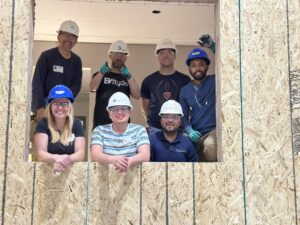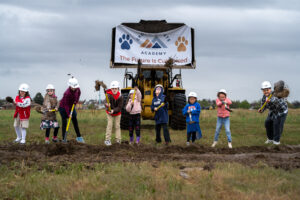The 2009 International Residential Code (IRC) specifies that foundation walls, foundation piers and other permanent support of buildings and structures shall be protected from frost heave. As we know, when water freezes it increases in volume. Bearing a structure’s foundation below the frost line helps reduce the risk of movement due to the forces developed from the increase in bearing soil volume due to the freezing of the moisture trapped inside the soil. The depth below the ground that is considered frost line is prescribed by the IRC, but it more accurate to check with the local building department for the locally adopted frost line. The frost line in Colorado is typically 36” but can be deeper in areas with colder climates. Vail, for example, is 48”.
With mountain construction, as we see near our Evergreen office, granite bedrock is typically located at or closer to ground level than 36”. In these instances, section R403.1.4.1 of the 2009 IRC states that frost depth does not need to be met if the structure is erected on solid rock. As a side note, it is always a good idea to have a structural engineer or geotechnical engineer out at your site to evaluate the competency of solid rock before exercising this option.
The following detail shows an alternative to meeting frost depth we recently specified for a client. The continuous spread footing was able to be eliminated because in this situation because instead of the foundation bearing on decomposed granite bedrock which has an allowable bearing pressure of 2000 pounds per square inch (psi) (2009 IRC table R401.4.1) the foundation bears on solid granite bedrock which has an allowable bearing pressure of 12,000 psi. It is good practice to pin the foundation to the bedrock with epoxied rebar dowels to help prevent any possible lateral foundation movement.











